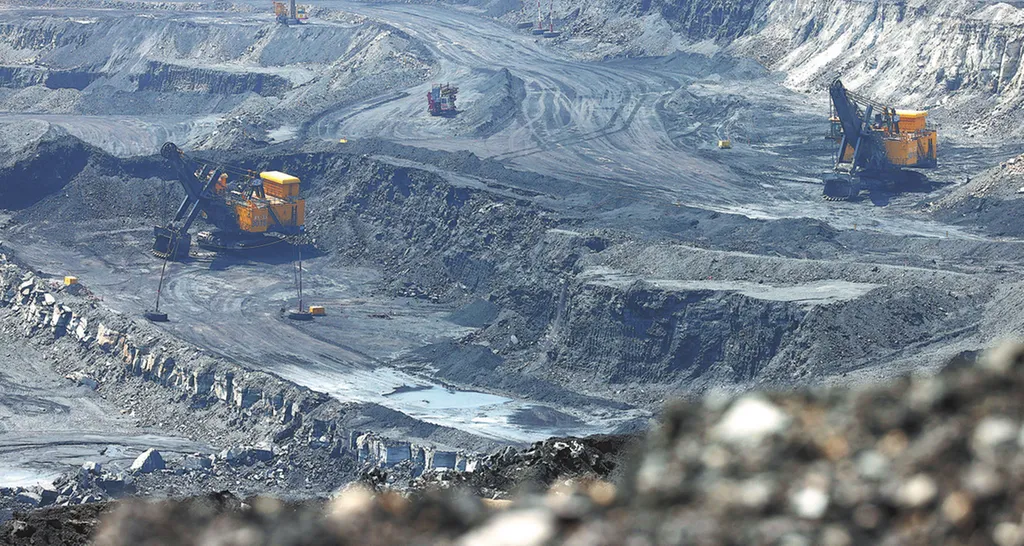In the heart of China’s coal country, researchers are unraveling the intricate dance of forces that govern the stability of rock and coal composites, with implications that could resonate through the energy sector. HAN Lei, a researcher at Shanxi Coal International Energy Group Co., Ltd., has been delving into the enigmatic world of interfacial cracks and their influence on the mechanical properties of rock-coal composite samples. His work, recently published in *矿业科学学报* (Journal of China Coal Society), offers a glimpse into the future of mining safety and efficiency.
Imagine, if you will, a world where we can predict and mitigate the catastrophic failures that can occur in coal mines. HAN Lei’s research brings us one step closer to that reality. By subjecting rock-coal composite samples to uniaxial compression tests, he and his team have been able to observe the behavior of these materials under stress, with interfacial crack angles ranging from 0° to 90°.
“The fractured zones within the coal sample are more prone to developing stress concentrations, leading to crack initiation and propagation,” HAN Lei explains. As the interfacial crack angle increases, the crack initiation stress and damage stress of the composite specimen gradually decrease. This means that the presence of interfacial cracks facilitates the initiation, development, and propagation of internal cracks, weakening the overall load-bearing capacity of the composite samples.
The implications for the energy sector are significant. By understanding how these cracks form and propagate, mining companies can develop more effective strategies for preventing catastrophic failures. This could lead to safer working conditions for miners, as well as more efficient extraction processes.
But the story doesn’t end there. HAN Lei’s research also sheds light on the energy evolution of these composite samples. As the interfacial crack angle increases, the pre-peak elastic energy density of the composite sample gradually decreases. This means that the samples are storing less energy before they fail, which could have implications for the design of mining equipment and structures.
Moreover, the research reveals that the macroscopic failure mode transitions from a tensile-shear mixed mode to one predominantly characterized by tensile failure as the interfacial crack angle increases. This could have implications for the development of new materials and technologies for use in mining operations.
HAN Lei’s work is a testament to the power of scientific inquiry to drive innovation and progress. As the world continues to grapple with the challenges of energy production and consumption, research like this will be crucial in shaping the future of the energy sector. And who knows? The insights gleaned from these humble rock-coal composite samples could one day revolutionize the way we extract and utilize the earth’s resources.

